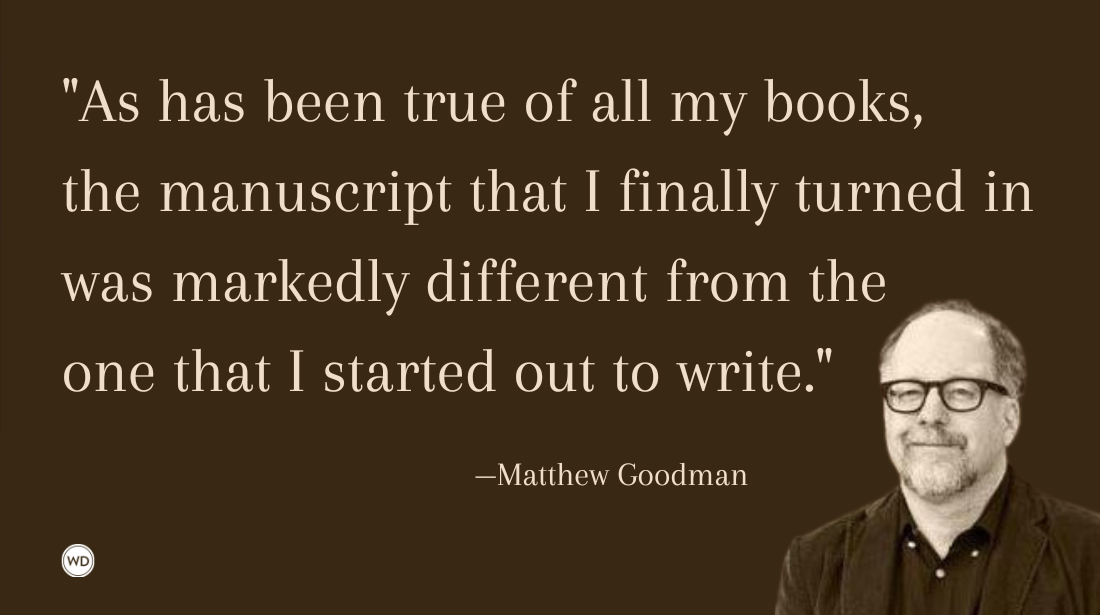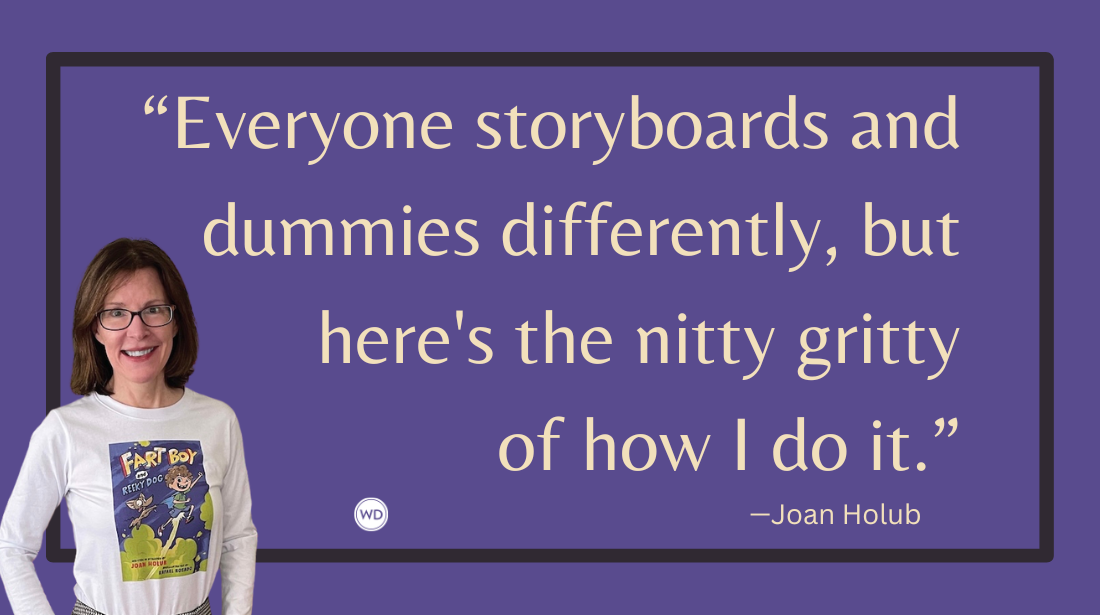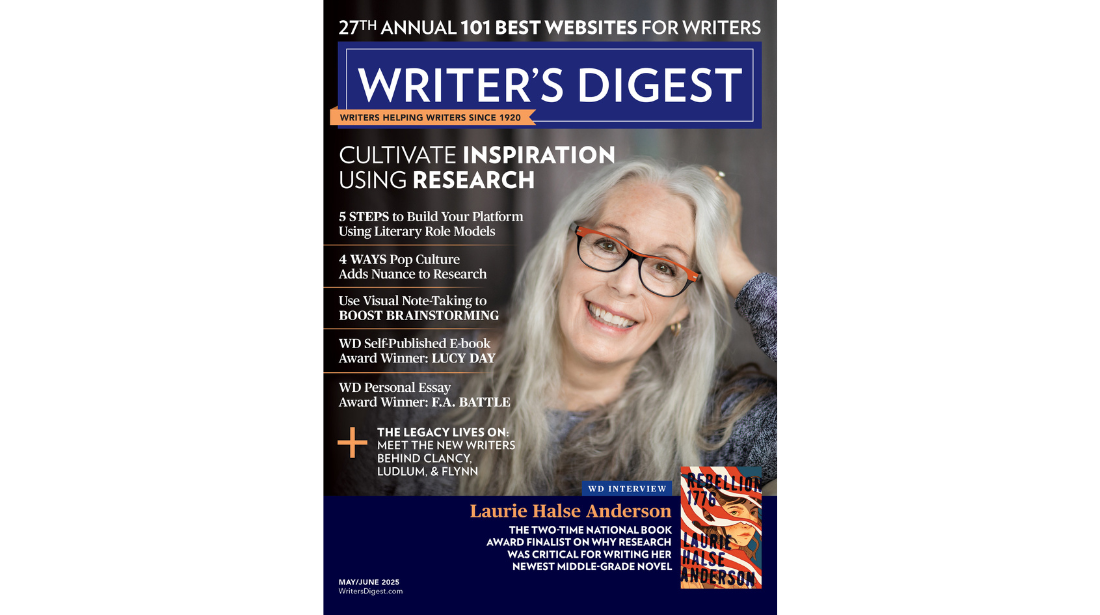How to Make Your Semicolon Use Daring and Correct (Grammar Rules)
What do you really know about proper semicolon use? Is it just the punctuation mark that pauses longer than a comma but shorter than a period? Is there more to how you should use semicolons in your writing? Learn the answers here.
What do you really know about proper semicolon use? Is it just the punctuation mark that pauses longer than a comma but shorter than a period? Is there more to how you should use semicolons in your writing? Learn the answers here.
I openly admit I was a late bloomer when it came to reading and writing. As such, I often tried to keep my punctuation as simple as possible, which meant I avoided using the semicolon. If I used it, I worried that I misused it. So this is a subject near and dear to my heart.
It wasn't until I started working on the Writer's Market Books series that I grew comfortable using the semicolon; in fact, it proved invaluable for the many complicated serial lists we use in the books. And now, I can't imagine a life without this necessary piece of punctuation.
Let's take a look at proper semicolon use and how using the semicolon can add a little spice to your writing.
Examining Correct Semicolon Use
For the longest time, I thought semicolons were a piece of punctuation that indicated a longer pause than a comma that was simultaneously shorter than a period or colon. I guess that may be true, though I don't know notice the pause when I read in my head. Rather, I think about how a semicolon connects things—specifically, independent clauses.
Semicolon Rule #1: The semicolon links two independent clauses that are closely related in thought.
Example #1: Robert liked reading; books provided him with information, as well as an escape.
Example #2: Thomas flew his kite at the park; Mary flew hers at the beach.
In the first example, Robert's enjoyment of reading is one independent clause, and the second independent clause builds on that first thought by explaining what books offer him. In the second example, both independent clauses explain where people flew their kites.
Semicolon Rule #2: Remove the conjunction when you use a semicolon (in most cases).
If you look at the two examples above, you'll notice the conjunction words are removed. In both cases, the semicolon could be replaced with a comma and conjunction word.
Example #1: Robert liked reading, because books provided him with information, as well as an escape.
Example #2: Thomas flew his kite at the park, and Mary flew hers at the beach.
These examples are all correct. So it's really a matter of taste and style for using either up to this point. Also, eagle-eyed readers will notice that I said this conjunction rule is correct "in most cases." The exception comes in the next rule.
Semicolon Rule #3: Use semicolons in a serial list that contains extra punctuation within the list or when a previous independent clause contains one or more commas.
This is how I first came to know and feel comfortable with the semicolon, because the Writer's Market Books are filled with lists.
Example #1: This editor likes adult fiction, including science fiction, fantasy, mystery, and romance; young adult fiction, including literary, coming-of-age, and dystopias; and adult nonfiction, mostly self-help related to personal discovery.
Example #2: Thomas flew his kite at the park, ate pizza for lunch, and read a book; Bobby tossed baseball for an hour and took a nap; and Carla watched television.
In the first example, the semicolon helps readers know where the list related to the main categories of adult fiction, young adult fiction, and adult nonfiction begin and end. In the second example, these could be three separate sentences, sure, but they connect well with the semicolon too. Using all commas in these examples would be confusing.
A few more thoughts on semicolon use
The first final thing I want you to notice is that capitalization rules for the semicolon are the same as with the comma. This is not always the case with colons, but that's a post for another day.
The other final thing I want to share is that it's totally fine to use conjunctive adverbs—words like however, therefore, finally, and then—with semicolons.
Example #1: Robert liked reading; therefore, he was often found at the library.
Example #2: Cindy flew her kite at the park; moreover, she did nearly everything at the park.
Again, you'll notice in these examples that writers could easily get away with avoiding the semicolon altogether, which is what I used to do. However, I hope you don't avoid the semicolon out of fear—as I used to do; rather, let it reflect your own stylistic leanings.
Learn more in the online course, Grammar and Mechanics, from Writer’s Digest University:
Robert Lee Brewer is Senior Editor of Writer's Digest, which includes managing the content on WritersDigest.com and programming virtual conferences. He's the author of 40 Plot Twist Prompts for Writers: Writing Ideas for Bending Stories in New Directions, The Complete Guide of Poetic Forms: 100+ Poetic Form Definitions and Examples for Poets, Poem-a-Day: 365 Poetry Writing Prompts for a Year of Poeming, and more. Also, he's the editor of Writer's Market, Poet's Market, and Guide to Literary Agents. Follow him on Twitter @robertleebrewer.








